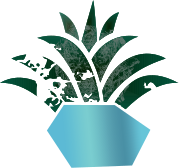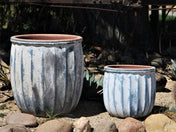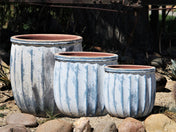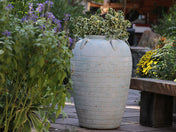
Let’s be honest. The sun’s blazing, your schedule’s packed, and the last thing on your mind is remembering to water your plants - again. And if you have ever come home to dry, droopy leaves, you know how unforgiving summers can be for your little green friends.
That’s exactly why self-watering planters are such a lifesaver. These smart, low-effort pots basically do the job for you. Whether you’re chilling indoors or away on a quick vacation, self-watering pots make sure your plants stay hydrated, without any stress on your end.
How Self-Watering Planters Actually Work?
Most self-watering planters have two parts: one section holds the plant and soil, and the other stores water below. There's usually a small wick or channel that helps pull up water into the soil, through capillary action, whenever it starts drying out.
It’s kind of like giving your plant access to a water bottle 24/7. It drinks what it needs, when it needs it. Some even come with a little window to show how much water’s left, makes life a whole lot easier.
Benefits of Self-Watering Planters
🌱 Keep plants healthy
Plants grow best when they aren’t constantly shifting between soaking wet and completely dry. These pots maintain consistent moisture through steady hydration. As mentioned above, due to capillary action, roots get water whenever they need it.
🌊 No need to worry about overwatering
Overwatering is common among plant lovers. We often end up giving more water to plants than they actually need. The result? Root rot! But with self-watering planters, the plant decides how much water it wants.
💧 Saves water
Since water is delivered directly to the roots, there’s less water waste. Perfect for dry climates or eco-conscious plant lovers.
⬇️ Low maintenance
Especially with large self-watering planters, you might go 10–14 days without refilling. Great if you travel or just forget sometimes.
Self-Watering Planters To Buy: Our Favorite Picks
If you’ve been reading all this while, that means you’re facing the same problems many others do. You’re a plant lover but can’t find enough time to water them. And you might even be considering buying a self-watering planter right now. If that’s the case, then we have a few suggestions for you.
Jewel Self-Watering Planter
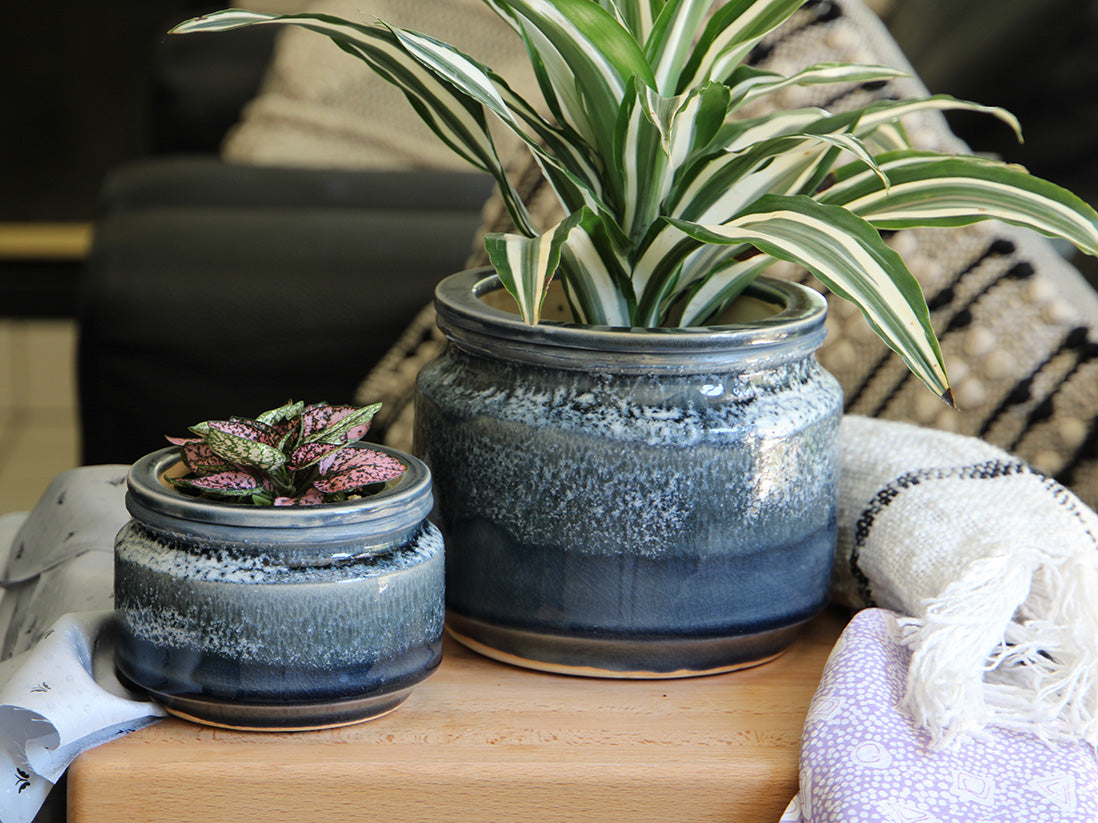
If you're looking for an indoor planter that also acts as a décor piece, this is it. The Jewel Self-Watering Planter is a stylish, low-maintenance solution. Available in elegant colors and sizes, it's perfect for balconies, interiors, and patios. The geometric design is stunning, and it keeps your plant happy without you doing much.
Urban Dweller Self-Watering Pot- Pastel
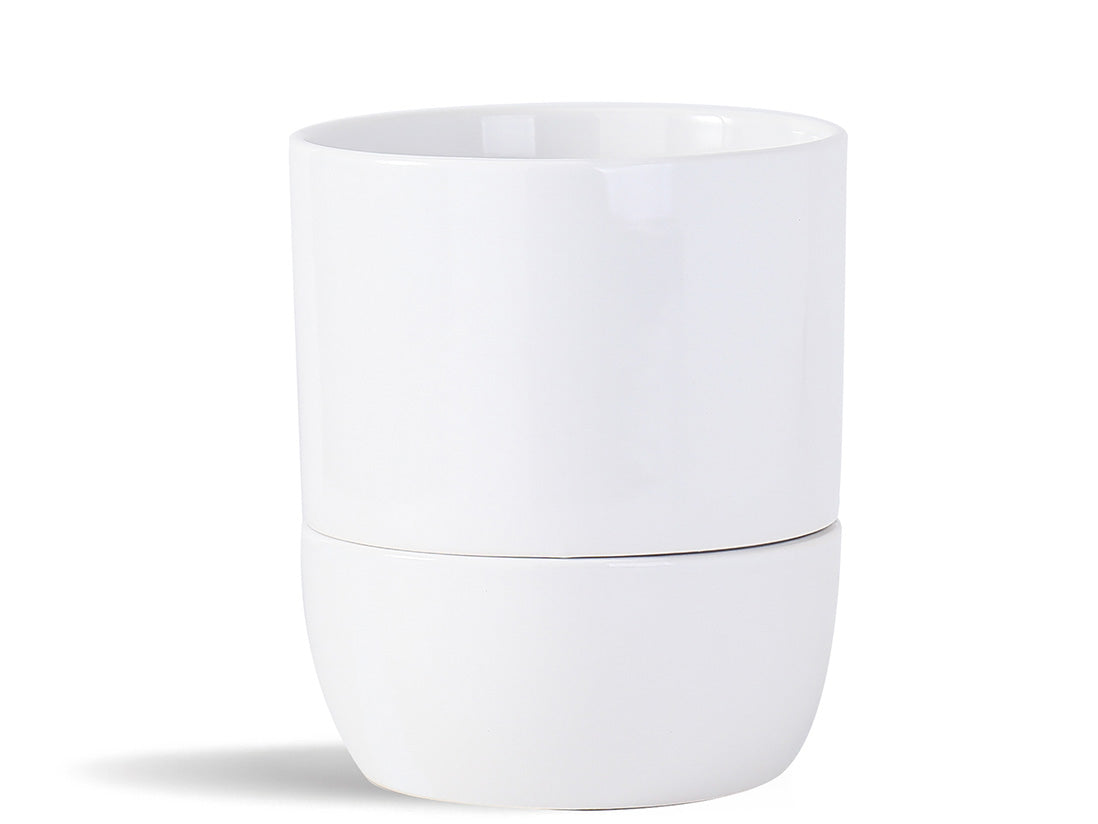
Minimal and calming. If you’re into soft colors and modern vibes, this one's for you. The Urban Dweller Self-Watering Pot complements modern and Scandinavian decor proving that easy gardening ideas can also look super stylish.
Urban Dweller Self-Watering Pot- Sand
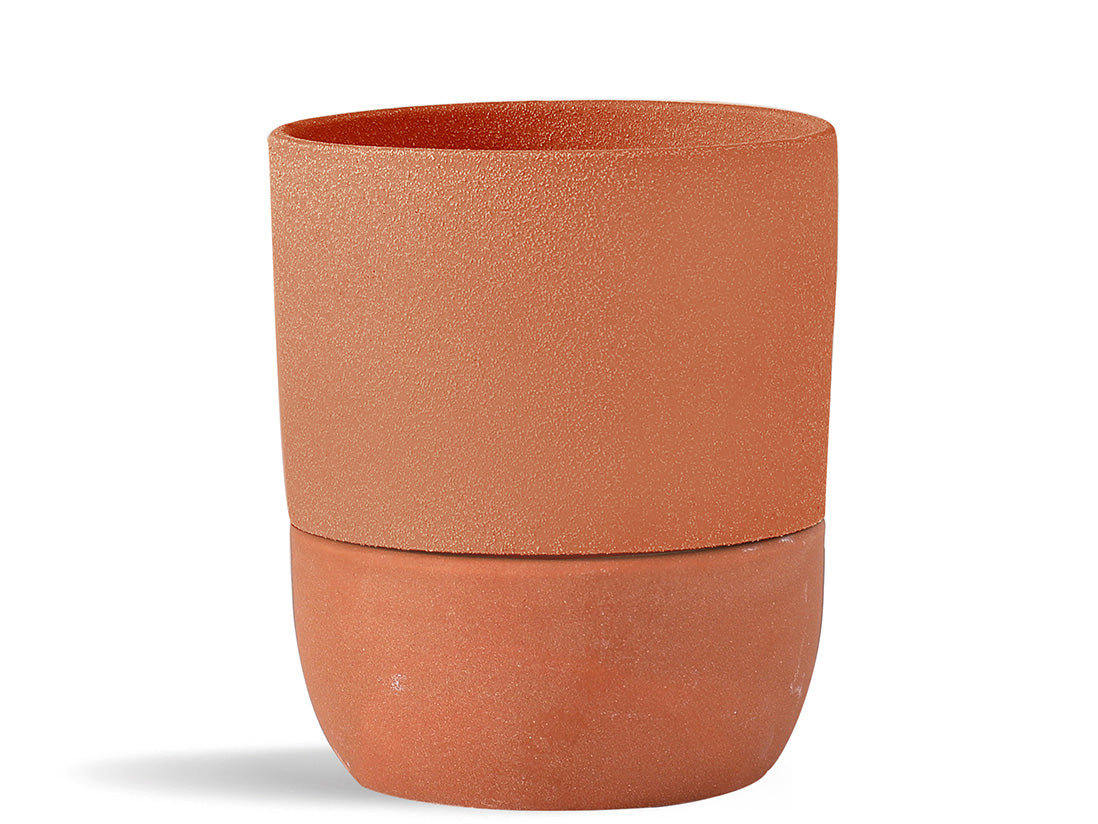
This is another version of Urban Dwelller but with a more earthy and natural look. Whether your space is bohemian or clean and modern, this sand-finished pot blends right in. Its neutral tone and clean lines allow your plant to be the star of the show.
Final Thought
Plant care doesn’t have to feel like a full-time job, especially in summer. Whether you're filling your balcony with summer planters or just want to keep that peace lily alive on your work desk, self watering planters take care of the hard part.
Less time watering. More time enjoying. And a low-maintenance garden that you don’t have to babysit.
FAQs
Can I use these indoors and outdoors?
Can I use these indoors and outdoors?
Totally. Self-watering indoor planters are neat, clean, and great for shelves and desks. Outdoors, they’re even more useful in summer—just make sure they have overflow holes in case of heavy rain.
How often do I need to refill them?
How often do I need to refill them?
Depends on the plant and temperature, but usually once every 7–14 days. Bigger the pot, the longer it lasts.
Do they need drainage holes?
Do they need drainage holes?
For outdoor pots, yes, they need overflow drainage. Indoor versions often skip it, thanks to their two-chamber system that manages water efficiently.
What plants grow best in self-watering pots?
What plants grow best in self-watering pots?
Veggies that love moisture: Think carrots, cabbage, garlic, cucumbers, cherry tomatoes, lettuce, and even bell peppers, herbs like cilantro and parsley. These guys do great in moist conditions. For Indoors, pothos, hostas, calathea, and coleus are perfect. They enjoy consistent watering. Other common ones include spider plants, peace lilies, mint, basil, and other thirsty herbs.
How long can plants survive in self-watering planters without refilling?
How long can plants survive in self-watering planters without refilling?
Usually 1 to 2 weeks, depending on reservoir size, plant type, and conditions. Some may last up to 3 weeks in cooler, less sunny spots.
